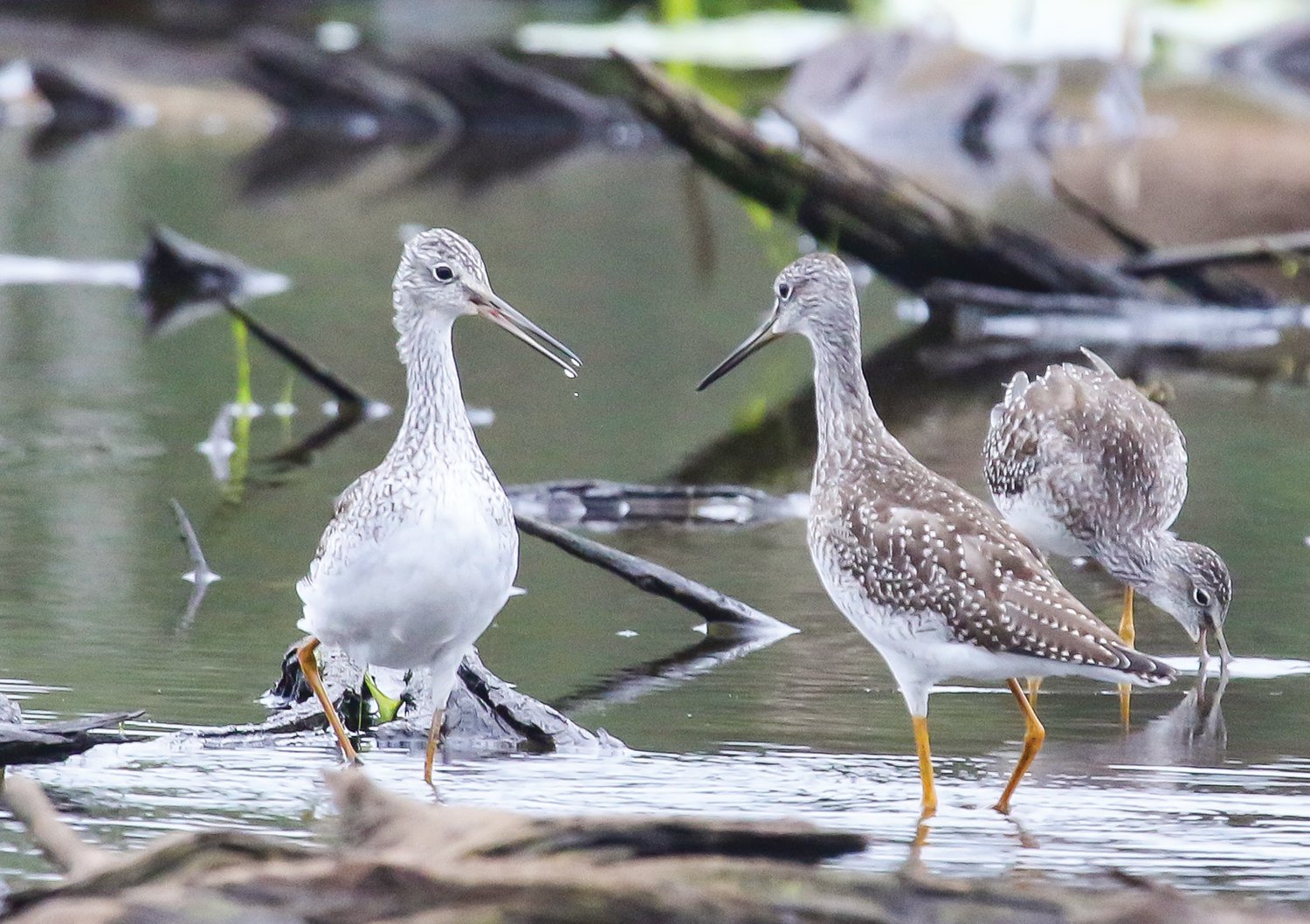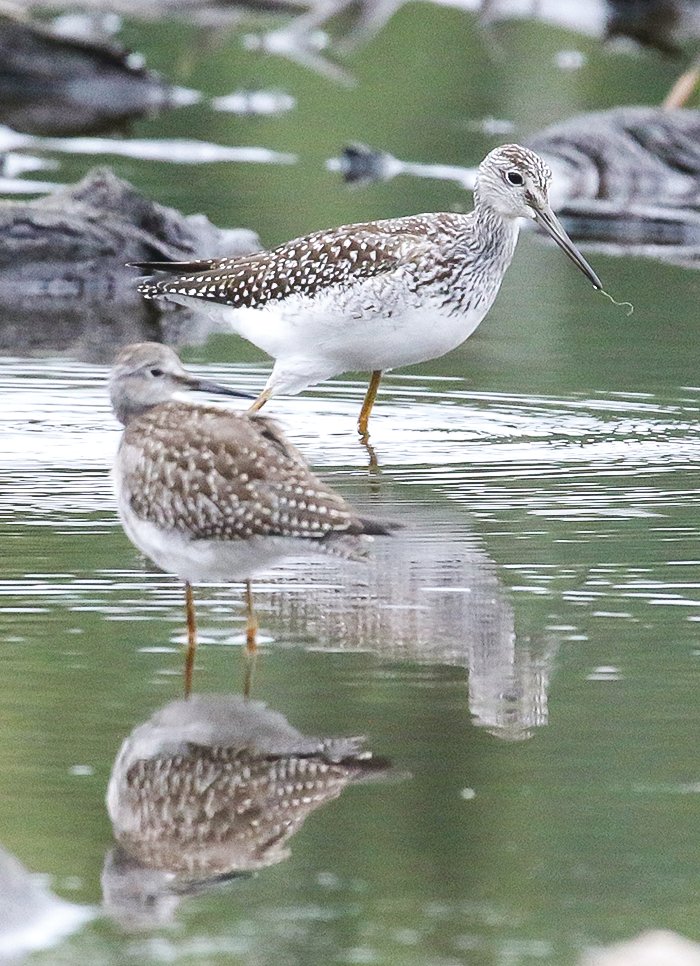Support the Timberjay by making a donation.
Shorebird silver lining
Exceptionally low water levels have expanded feeding opportunities for some migrants
It’s said in every cloud there’s a silver lining and that’s true of our drought this year, particularly if you’re a shorebird. Low water levels across our region have created …
This item is available in full to subscribers.
Attention subscribers
To continue reading, you will need to either log in to your subscriber account, or purchase a new subscription.
If you are a current print subscriber, you can set up a free website account and connect your subscription to it by clicking here.
If you are a digital subscriber with an active, online-only subscription then you already have an account here. Just reset your password if you've not yet logged in to your account on this new site.
Otherwise, click here to view your options for subscribing.
Please log in to continue |
Shorebird silver lining
Exceptionally low water levels have expanded feeding opportunities for some migrants
It’s said in every cloud there’s a silver lining and that’s true of our drought this year, particularly if you’re a shorebird. Low water levels across our region have created lots of “shore,” along the edges of lakes and streams and that’s provided plenty of feeding opportunities for shorebirds, like the greater yellowlegs, some of which are still migrating through our area.
I ran across a good-sized flock of these birds last week while photographing the low water levels on the Pike River Flowage. An entire bay of this artificial lake had converted to mud flats as a result of the drought and the yellowlegs were rushing about feeding on the various aquatic critters still harboring there. As you might guess, there is also a lesser yellowlegs, but the two species are fairly easy to tell apart. The lesser is smaller, and the bill is considerably shorter— about as long as the bird’s head. The bill on the greater is about one and a half times the length of the bird’s head.
I’ve learned over the years that shorebirds are fairly tolerant of humans in close proximity, so I didn’t have to crawl through the mud to get close enough for photos. I just ducked down a bit and moved slowly until I reached a VW bug-sized rock that I used as both my makeshift blind and support for my long lens. The yellowlegs continued darting about throughout my approach, appearing to pay no attention. They were focused on eating, building up reserves to continue their migration, mostly to the Gulf Coast or points south.
Shorebirds, in general, are some of our most ambitious migrants, typically spending their summers on the tundra, where they take advantage of the brief explosion of insect life to feed their young, before heading back down to warmer climes, sometimes as far as South America, for our winter.
Neither species of yellowlegs summers as far north as some shorebirds. They’re taiga nesters, preferring the bogs and wet forest edges in the boreal forest to the tundra. Their breeding range begins about 150-200 miles north of our area, and includes most of northwestern Ontario and a broad swath of northern and central Canada, from British Columbia to Newfoundland.
Yellowlegs nest most frequently in shallow depressions they make in sphagnum moss, usually under the protection of a spruce tree. The three or four young in a typical brood hatch ready to go and are able to walk and feed themselves within just a few hours.
Like other shorebirds, the yellowlegs get the job of raising young done quickly, typically spending no more than 6-8 weeks on their breeding territory before heading back south by late July. The birds that I found feeding on the flowage in early September were almost certainly immature birds, which typically depart their breeding grounds a few weeks after their parents.
Shorebirds have a pretty simple survival strategy, which is to follow mild weather and chase down insects near water, which makes it possible for young birds to survive with little input from their parents. Their behaviors are largely innate, rather than learned, which is a marked contrast to other birds, like corvids (crows and jays), that rely heavily on survival strategies and behaviors they learn from older and more experienced birds.
While the shorebird migration is largely winding down in our area, there are probably still a few stragglers out there, taking advantage of all the additional shoreline this migration season. So, keep an eye out for them.











